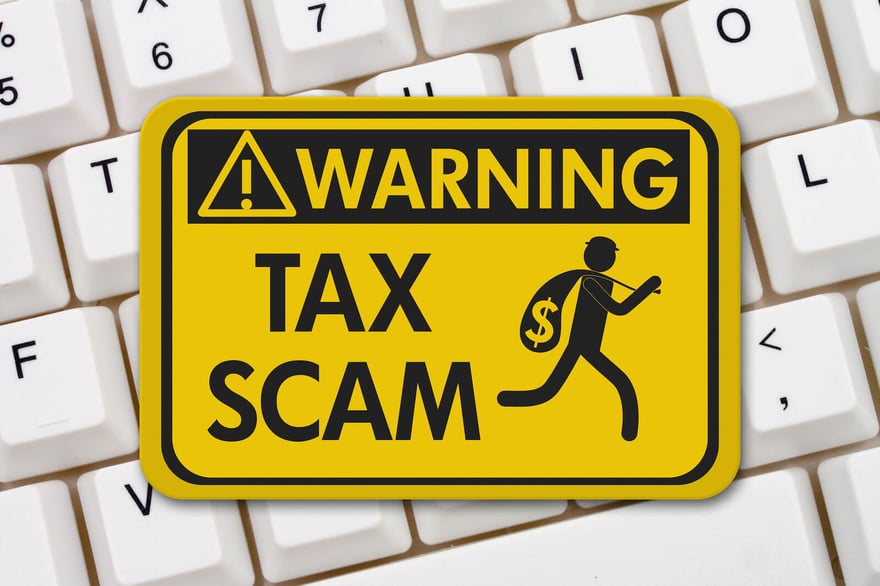Tax scams may not be anything new, but a new type of fraud has placed the IRS and businesses on high alert as April 15 approaches.
An ERTC mill is a term used to describe illegitimate third-party tax or financial service providers that advise businesses to claim the Employee Retention Tax Credit, even if they aren’t qualified for it.
In October of 2022, the IRS issued a warning to business owners regarding ERTC mills and similar tax scams. The federal service even provides a way for financial advisors or businesses to report vendors who make outlandish or dishonest claims surrounding the Employee Retention Tax Credit.
These ERTC mills often give businesses incorrect or only partially correct advice. Business owners and financial advisors should look out for schemes and solicitations that promise tax savings that surpass what businesses can actually claim. Incorrectly or improperly claiming the ERTC may lead to organizations having to pay it back, along with additional penalties and interest.
How To Identify an ERTC Mill or Scam
In 2022, a report released by the Treasury Inspector General for Tax Administration found that “the IRS has identified 11,096 ‘suspicious’ federal returns that claimed over $2 trillion in credits.”
How can a business identify an ERTC mill and avoid getting scammed? These third-party financial firms often make financial claims or promises before even looking at your company’s financial or payroll records. Sometimes they’ll send suspicious-looking letters or mailers that appear to come from the IRS. They may try to pressure you into signing documents without giving you enough time to read and review them. Often, they’ll fail to ask the right questions or even demand large fees upfront.
What Is the Employee Retention Tax Credit?
The Employee Retention Tax Credit (ERTC) was created by the U.S. federal government to help businesses negatively impacted by the 2020 COVID-19 pandemic and its subsequent lockdowns.
This tax credit allows businesses that retained paid employees to claim credits on paid wages and even health insurance costs. Employers could claim up to $5,000 for each employee every quarter of 2020 and up to $7,000 each for the first three quarters of 2021. Because the ERTC ended on October 1, 2021, organizations cannot claim tax credits for the fourth quarter of 2021.
Does My Business Qualify for the Employee Retention Tax Credit?
To qualify for the ERTC, employers must:
- Have experienced a full or partial suspension of operations due to governmental orders that restricted commerce, travel, or group meetings due to COVID-19 in 2020 or the first three quarters of 2021.
- Have experienced a major decrease in gross receipts during 2020 or the first three quarters of 2021.
- Have qualified as a recovery startup business during the third or fourth quarters of 2021.
- File within three years from the tax return’s due date of April 15. This means businesses can claim the 2020 ERTC until April 15, 2024, and the 2021 ERTC until April 15, 2025.
- Use the amended quarterly payroll tax return, or form 941-X.
Why Is Cunningham & Associates Different?
Unlike ERTC mills, Cunningham & Associates works closely with you to understand your business, offering IRS-compliant retention credit services and transparent fixed-fee pricing. Business owners will understand exactly how much their ERTC services will cost.
Cunningham & Associates has more than 30 years of tax and financial experience, along with a hard-earned reputation based on credibility, loyalty, and trust. Our team ensures that everything we do is 100 percent in compliance with IRS standards, and we’ll even file for you.

Interested in learning more? Click here to learn more about how to qualify for the ERTC.



